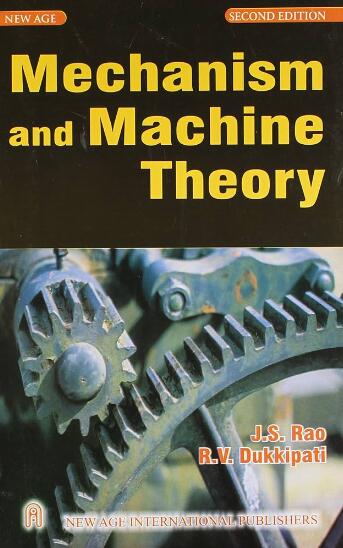自动受电弓动态测试和缺陷检测
IF 4.5
1区 工程技术
Q1 ENGINEERING, MECHANICAL
引用次数: 0
摘要
受电弓是电力列车的关键部件,负责从架空线路收集电流。保持受电弓的良好工作状态是有效收集电流的关键,同时避免服务中断和管理安全风险。这项工作提出了一种新的机器人系统测试受电弓。以前的研究对自动受电弓测试进行了初步调查,通常集中在少数失效模式上。EN50206中还定义了一系列受电弓(非自动化)测试方法,这些方法可以识别有故障的受电弓,但不能诊断具体的故障。拟议的测试评估接触扭矩以及接触力,当在其工作范围内升高和降低受电弓时。接触力矩的评估被证明是必要的,以确定某些失效模式。考虑了受电弓机架和接头、阻尼器、头部悬架和供气的故障。定义了由测量结果后处理的试验参数,试验证实,参数组合可以有效地诊断所考虑的所有失效模式。该方法可快速评估工业列车维修环境下受电弓的状态。本文章由计算机程序翻译,如有差异,请以英文原文为准。
Automated pantograph dynamic testing and defect detection
Pantographs are a key component for electric trains, responsible for collecting electrical current from the overhead lines. Maintaining pantographs in good working order is key to efficient current collection, whilst avoiding service disruption and managing safety risks. This work proposes a novel robotic system for testing pantographs. Previous studies have conducted initial investigations into automated pantograph testing, typically focusing on a small number of failure modes. There is also a range of pantograph (not automated) test methods defined in EN50206, which can identify faulty pantographs but not diagnose specific faults. The proposed test assesses contact torques as well as contact forces when raising and lowering a pantograph through its working range. Assessment of contact torques proved to be essential to identify some failure modes. Failures in the pantograph frame and joint, dampers, head suspension and air supply are considered. Test parameters, which are post processed from measured results are defined, and testing confirms that a combination of parameters can effectively diagnose all failure modes considered. The method gives a fast assessment of pantograph condition in an industrial train maintenance environment.
求助全文
通过发布文献求助,成功后即可免费获取论文全文。
去求助
来源期刊

Mechanism and Machine Theory
工程技术-工程:机械
CiteScore
9.90
自引率
23.10%
发文量
450
审稿时长
20 days
期刊介绍:
Mechanism and Machine Theory provides a medium of communication between engineers and scientists engaged in research and development within the fields of knowledge embraced by IFToMM, the International Federation for the Promotion of Mechanism and Machine Science, therefore affiliated with IFToMM as its official research journal.
The main topics are:
Design Theory and Methodology;
Haptics and Human-Machine-Interfaces;
Robotics, Mechatronics and Micro-Machines;
Mechanisms, Mechanical Transmissions and Machines;
Kinematics, Dynamics, and Control of Mechanical Systems;
Applications to Bioengineering and Molecular Chemistry
 求助内容:
求助内容: 应助结果提醒方式:
应助结果提醒方式:


